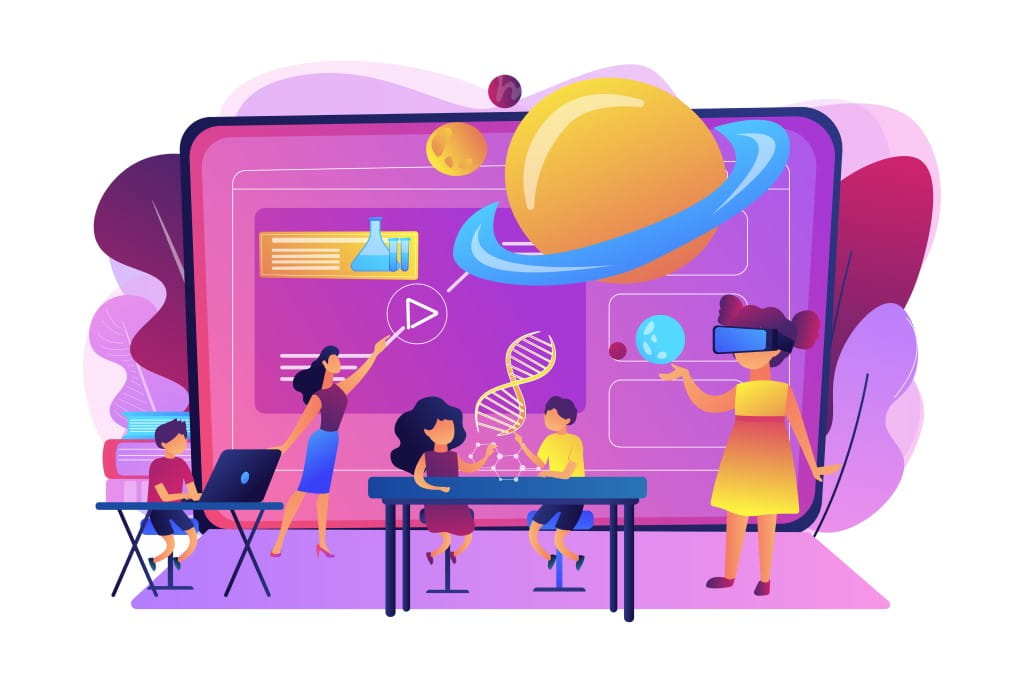AI-Powered Teaching Efficiency
In today’s fast-paced educational landscape, teachers are constantly seeking innovative ways to enhance their teaching efficiency and effectiveness. The integration of Artificial Intelligence (AI) tools has emerged as a game-changer, revolutionizing how educators approach various tasks. In this post, we’ll delve into how AI tools can streamline your teaching tasks, making your role in the classroom more seamless and impactful.
Embracing Efficiency with AI-Powered Automation
One of the most significant benefits of AI tools for educators is the automation of routine tasks. Grading assignments, quizzes, and tests can be time-consuming, often taking away from valuable instructional hours. With AI-driven grading systems, teachers can significantly reduce grading time while maintaining accuracy.
AI tools can analyze and evaluate students’ work, providing instant feedback on assignments. This not only saves time but also empowers students to learn from their mistakes immediately, fostering a more dynamic learning environment.
Personalized Learning Journeys
Every student is unique, with distinct learning preferences and paces. AI tools enable teachers to create personalized learning experiences for each student. By analyzing data on students’ performance and engagement, AI can suggest customized resources, assignments, and learning pathways tailored to individual needs.
This level of personalization enhances student engagement and comprehension. As a teacher, you can focus more on guiding and mentoring, confident that each student is receiving a targeted and effective learning journey.
Intelligent Data Analysis for Informed Decisions
AI tools excel at processing and analyzing large sets of data, providing valuable insights into student performance trends. By identifying patterns and correlations, educators can make informed decisions about instructional strategies and interventions.
For instance, AI can help identify struggling students early on, allowing teachers to provide timely support. Additionally, analyzing assessment data can highlight topics that require more attention, enabling you to adjust your teaching plan accordingly.
Facilitating Collaboration and Communication
AI tools can bridge communication gaps between teachers, students, and parents. Chatbots, for example, can address common queries, freeing up teachers’ time for more meaningful interactions. Additionally, collaborative platforms enhanced by AI enable real-time collaboration on projects and assignments, preparing students for the collaborative nature of the modern workplace.
Overcoming Language Barriers
In diverse classrooms, language barriers can hinder effective communication. AI-powered language translation tools can break down these barriers, ensuring that all students have equal access to resources and instructions. This promotes inclusivity and enhances the overall learning experience.
Nurturing Creativity and Critical Thinking
Contrary to concerns that AI might replace human creativity, AI tools can actually stimulate it. By handling repetitive tasks, AI allows teachers more space to devise innovative lesson plans and projects that encourage students’ critical thinking skills. AI-generated insights can also inspire teachers to explore new teaching methods and strategies.
Final Thoughts
As education evolves in the digital age, AI tools have emerged as essential companions for educators. By automating routine tasks, personalizing learning experiences, analyzing data intelligently, and fostering collaboration, AI empowers teachers to focus on what truly matters: inspiring students, nurturing their growth, and preparing them for a rapidly changing world.
Embrace the power of AI tools in education and embark on a journey of enhanced efficiency, enriched learning, and limitless possibilities. The future of education is here, and it’s AI-powered.

